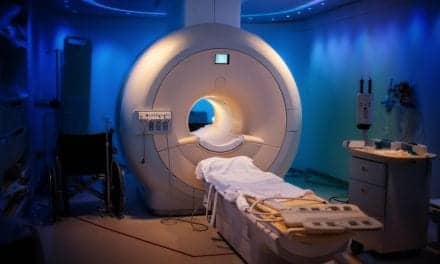Ordinary sleepers can pick up verbal information transmitted by a human voice and respond to it by contracting their facial muscles, according to new research that shows the frontier between wakefulness and sleep is much more porous than it seems.
The study led by researchers at Paris Brain Institute is published in Nature Neuroscience.
The researchers say this “astonishing ability” occurs intermittently during almost all stages of sleep—like windows of connection with the outside world were temporarily opened on this occasion.
These findings suggest that it may be possible to develop standardized communication protocols with sleeping individuals to understand better how mental activity changes during sleep. On the horizon: a new tool to access the cognitive processes that underlie both normal and pathological sleep.
“Even if it seems familiar because we indulge in it every night, sleep is a highly complex phenomenon. Our research has taught us that wakefulness and sleep are not stable states; on the contrary, we can describe them as a mosaic of conscious and seemingly unconscious moments,” says Lionel Naccache, MD, PhD, a neurologist at Pitié-Salpêtrière University Hospital and a neuroscientist, in a release.
It is essential to decipher the brain mechanisms underlying these intermediate states between wakefulness and sleep. “When they are dysregulated, they can be associated with disorders such as sleepwalking, sleep paralysis, hallucinations, the feeling of not sleeping all night, or on the contrary of being asleep with your eyes open,” Isabelle Arnulf, MD, PhD, head of the Sleep Pathology Department at Pitié-Salpêtrière University Hospital, says in a release.
To distinguish between wakefulness and the different stages of sleep, researchers usually use physiological indicators such as specific brain waves made visible through electroencephalography. Unfortunately, these indicators do not provide a detailed picture of what is happening in the minds of sleepers; sometimes they even contradict their testimonies.
“We need finer physiological measurements that align with the sleepers’ experience. It would help us define their level of alertness during sleep,” Delphine Oudiette, PhD, a cognitive neuroscience researcher, adds in a release.
A Play Between Unconsciousness and Lucidity
To explore this avenue, the researchers recruited 22 people without sleep disorders and 27 patients with narcolepsy. People with narcolepsy have the particularity of having many lucid dreams, in which they are aware of being asleep; some can sometimes even shape their dream scenario as they wish. In addition, they easily and quickly enter REM sleep (the stage where lucid dreaming occurs) during the day, making them good candidates for studying consciousness during sleep under experimental conditions.
“One of our previous studies showed that two-way communication, from the experimenter to the dreamer and vice versa, is possible during lucid REM sleep,” says Oudiette in the release. Now, we wanted to find out whether these results could be generalized to other stages of sleep and to individuals who do not experience lucid dreams.”
Participants in the study were asked to take a nap. The researchers gave them a “lexical decision” test, in which a human voice pronounced a series of real and made-up words.
Participants had to react by smiling or frowning to categorize them into one or the other of these categories. Throughout the experiment, they were monitored by polysomnography—a comprehensive recording of their brain and heart activity, eye movements, and muscle tone.
Upon waking up, participants had to report whether they had or had not had a lucid dream during their nap and whether they remembered interacting with someone.
“Most of the participants, whether narcoleptic or not, responded correctly to verbal stimuli while remaining asleep. These events were certainly more frequent during lucid dreaming episodes, characterized by a high level of awareness. Still, we observed them occasionally in both groups during all phases of sleep,” Arnulf says in the release.
Challenging the Dogma of Disconnected Sleep
By cross-referencing these physiological and behavioral data and the participants’ subjective reports, the researchers also showed that it is possible to predict the opening of these windows of connection with the environment, ie, the moments when sleepers were able to respond to stimuli. They were announced by an acceleration in brain activity and by physiological indicators usually associated with rich cognitive activity.
“In people who had a lucid dream during their nap, the ability to respond to words and to report this experience upon waking up was also characterized by a specific electrophysiological signature. Our data suggests that lucid dreamers have privileged access to their inner world and that this heightened awareness extends to the outside world,” says Naccache in the release.
Further research is needed to determine whether the frequency of these windows is correlated with sleep quality and whether they could be exploited to improve certain sleep disorders or facilitate learning. “Advanced neuroimaging techniques, such as magnetoencephalography and intracranial recording of brain activity, will help us better understand the brain mechanisms that orchestrate sleepers’ behavior,” Oudiette concludes in the release.
Finally, these new data could help revise the definition of sleep, a state that is ultimately very active, perhaps more conscious than we imagined, and open to the world and to others.
Photo 124055174 © Chernetskaya | Dreamstime.com




